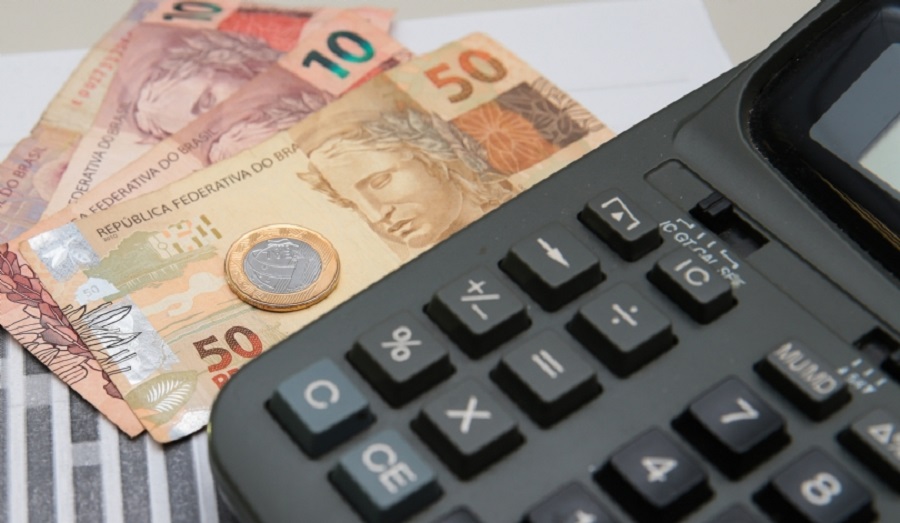RIO DE JANEIRO, BRAZIL – Total interest paid was R$233.5 (US$43) billion in the period. In comparative terms, the amount is equivalent to 73% of the resources injected through emergency aid last year.
The trade association’s economic advisor Altamiro Carvalho said yesterday that after rent, spending on interest is the second largest item among Brazilians’ expenses. “Interest is spread in spending in such a way that people are unaware of the volume this represents in the domestic budget,” he said.

Spending on interest surpasses the total costs of education, services, and clothing per year, for instance.
The analysis also points out that “the aid distributed by the federal government, which could encourage even more family consumption, evenly benefiting other sectors of the economy, was greatly compromised by the payment of these rates, channeled by the financial system.”
The study quantifies the volume allocated to the payment of interest on loans taken out in unsecured loan operations in the first 6 months of 2019, 2020 and 2021.
“If half of that [amount of interest] had not been paid, resources for household consumption would have been injected into the economy, creating the conditions for consumption in a very impactful way that could, obviously, boost production, the industry, and the level of economic activity as a whole,” Carvalho said. He said that the interest payments, in turn, go to financial institutions and back to the market again in the form of interest.
INTEREST PAYMENTS
In the legal entity item, the study shows that companies used R$90.2 billion for interest payments. The value is 8.2% higher than that registered in 2020. The sum represents 2% of the half-yearly GDP.
The National Program to Support Micro and Small Enterprises (PRONAMPE), for instance, released R$37.5 billion in resources to over 500,000 businesses in 2020. In this respect, the amount of interest paid by legal entities in the first half of this year is almost 2.5 times higher than the volume allocated by the program.
FecomercioSP also points out that the default rate among households is under control. The value of loans in arrears for over 90 days fell by 14.4% in the first half of 2021, standing at R$54.4 billion. The default rate was 4.8% in the first 6 months of 2019, 5.3% in 2020, and stood at 4.1% from January through June 2021.
With respect to loans this year, considering the period analyzed, “both the concessions and the balance of loan operations for legal entities advanced, in the annual comparison, 1.2% and 5.1%, respectively,” the federation points out in a note.
For the association, “credit in Brazil imposes a high cost both for households and for companies, depriving society of almost 8% of the GDP every 6 months, by way of interest payments.” The entity believes that the unbalance in public accounts is the main factor behind the high interest rates.

